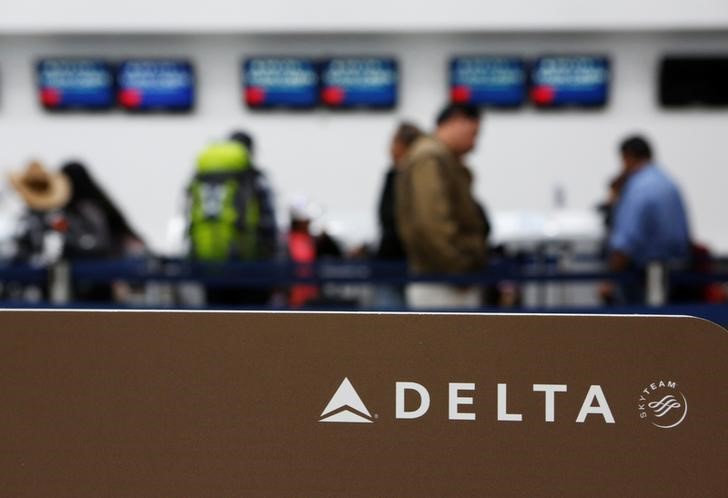Investing.com — Goldman Sachs resumed coverage of various U.S. airlines in a note Friday, issuing Buy ratings for Delta Air Lines (NYSE:DAL), United Airlines (UAL), and Alaska Air Group (NYSE:ALK).
The firm also assigned Sell ratings to JetBlue Airways (NASDAQ:JBLU) and Southwest Airlines (NYSE:LUV), citing differing outlooks on demand recovery and cost structures across the sector.
According to Goldman Sachs, the airline industry continues to grapple with post-pandemic challenges, including supply constraints from aircraft delivery delays and increased maintenance requirements.
Despite these headwinds, off-peak capacity discipline and improving unit revenue trends are expected to support the industry moving forward.
“Off-peak capacity into the fall/winter is now expected to be in-line with more normalized pre-pandemic levels and pricing is improving,” said Goldman. “Capacity discipline and improved unit revenue trends have driven the stocks 76% higher since the August 2024 bottom.”
The bank highlighted that carriers with strong exposure to premium and corporate demand, along with improving competitive positioning, are likely to outperform.
These factors underpin their positive outlook on Delta, United, and Alaska Air. The analysts noted, “We expect normalized margins for Delta, SkyWest (NASDAQ:SKYW), and United to improve versus historical performance,” reflecting the structural benefits of product segmentation and premium demand growth.
For the broader industry, supply-side constraints remain a key issue. Goldman says aircraft delivery delays are expected to continue into 2025, with 2024 deliveries estimated to fall 42% short of initial plans, the analysts said.
Meanwhile, JetBlue is facing particular challenges with accelerated maintenance for Pratt & Whitney engines, further impacting its fleet availability and cost base.
Goldman Sachs also emphasized the evolving labor landscape, noting that while recent pilot contract agreements have driven significant cost increases, the bulk of these pressures is now behind the industry.
The firm concluded that while the airline sector remains under pressure, capacity discipline, premium demand outperformance, and network realignments offer opportunities for select carriers.
As a result, it expects long-term profitability improvements, particularly for carriers with diversified product offerings and robust margin tailwinds.



